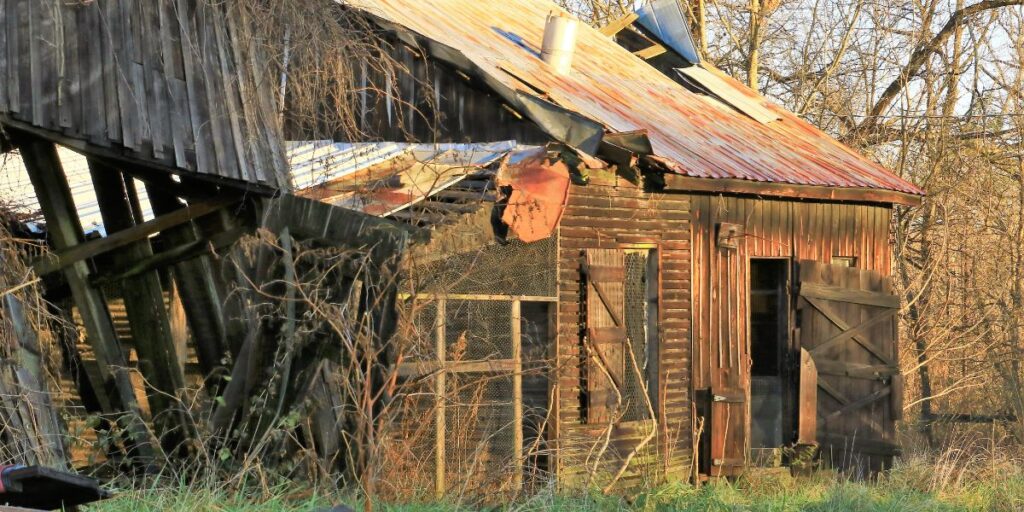The term home stead refers to a lifestyle centered around self-reliance. It involves producing food, maintaining land, raising animals, and minimizing dependence on commercial systems. Home steading practices are used in both rural and urban areas, often to cut costs, improve food quality, and build resilience.
This lifestyle supports sustainability, promotes practical skills, and allows individuals to manage their own resources.
What Is a Home Stead?
A home stead is a piece of land where individuals or families live and practice self-sufficient living. The activities involved often include:
- Gardening for personal food supply.
- Raising poultry or small livestock.
- Preserving food using canning, fermenting, or freezing methods.
- Creating homemade products like soap, bread, and herbal remedies.
- Using composting and rainwater collection to manage waste and water supply.
The size of a homestead can vary from a backyard garden to a multi-acre farm. The goal is to reduce dependence on external systems such as supermarkets and utility providers.
Home Steading Activities
Each home stead can be customized based on available land, budget, and local laws. Common home steading activities include:
Gardening
Vegetable gardens are central to most homesteads. Crops like tomatoes, beans, carrots, and herbs grow well in various climates. Raised beds and container gardening make it possible to grow produce in small spaces.
Livestock Care
Chickens provide eggs and meat. Goats offer milk and natural weed control. Bees help with pollination and honey production. Each animal requires proper housing, food, and care routines.
Food Preservation
Home steaders often store their harvests through:
- Canning fruits, vegetables, and sauces.
- Freezing excess produce.
- Dehydrating herbs or meats.
- Fermenting vegetables like cabbage into sauerkraut.
These methods reduce food waste and increase year-round availability.
Energy and Water Use
Many homesteads install solar panels, build rain barrels, or use wood-burning stoves. These systems lower electricity costs and provide backup during outages. Some homesteads also use greywater systems for irrigation.
Legal Considerations
Laws regarding home steading vary by region. Zoning rules, noise ordinances, and livestock regulations affect what can be done on a property. For example:
- Some areas ban roosters due to noise.
- Cities may limit how many chickens or goats can be kept.
- Rainwater collection may require a permit.
It’s important to check with local zoning offices or municipal websites before beginning any new home stead project.
Starting a Home Stead on a Budget
A home stead can be developed gradually. Many new home steaders begin with a few raised beds or a small flock of chickens. Basic steps include:
- Choosing a location with good sunlight and access to water.
- Testing the soil for pH and nutrients.
- Building garden beds using recycled wood or containers.
- Setting up compost bins to recycle kitchen and yard waste.
- Learning basic carpentry and food preservation techniques.
Low-cost tools and secondhand materials can reduce initial investment.
Educational Resources
Learning is a constant part of home steading. Beginners often use books, online courses, and local extension services to improve their skills. Popular topics include:
- Organic gardening methods.
- Backyard livestock care.
- Seasonal crop rotation.
- Seed saving and soil management.
- Emergency preparedness planning.
Workshops and homesteading communities offer additional support and knowledge-sharing opportunities.
Why More People Are Choosing Home Steads
The rise in food prices and increased awareness of sustainability have encouraged many people to explore the home stead lifestyle. Benefits include:
- Improved food quality through chemical-free produce.
- Lower grocery and energy bills.
- Stronger connection with nature.
- Practical life skills for all ages.
In addition, home steading provides a way to respond to supply chain disruptions and reduce reliance on centralized services.
FAQ: Home Stead
What does the term “home stead” mean?
It refers to a property or lifestyle focused on self-sufficiency through growing food, raising animals, and managing natural resources.
Can I start a home stead in a city?
Yes. Urban home steading is possible using raised beds, balcony gardening, and container plants. Small livestock may also be allowed, depending on local laws.
Do I need a lot of land to home stead?
No. A home stead can be created on a small plot, even in backyards or shared community gardens.
What tools do I need?
Basic tools include gardening gloves, hand tools, compost bins, water storage, and containers for food storage or preservation.
Is home steading time-consuming?
Yes, it requires daily tasks like watering, feeding animals, and harvesting crops. Planning and routines help manage the workload.
Conclusion
Home steading is a long-term approach to sustainable and independent living. It supports personal food production, skill development, and financial savings. Whether on rural land or in a suburban yard, a home stead enables individuals to grow, build, and manage resources directly.
Success in home steading depends on understanding local regulations, starting small, and continually learning. It provides a stable, resilient lifestyle that is both practical and environmentally responsible.

